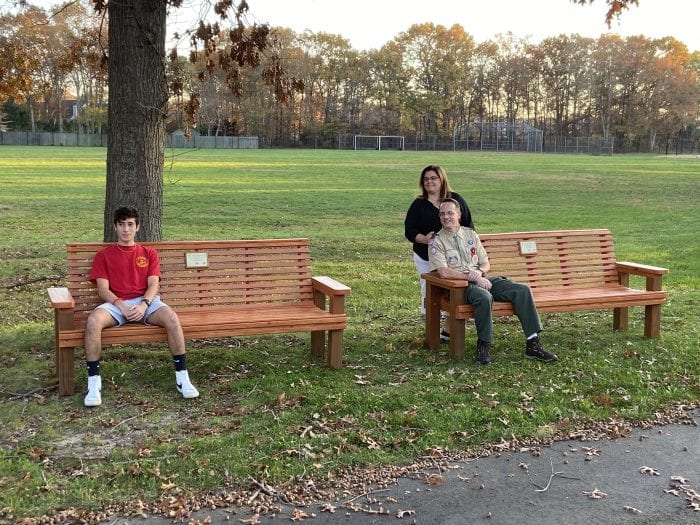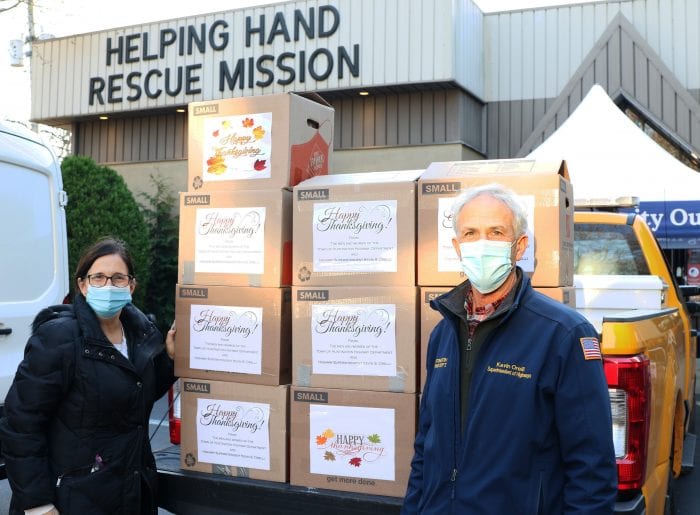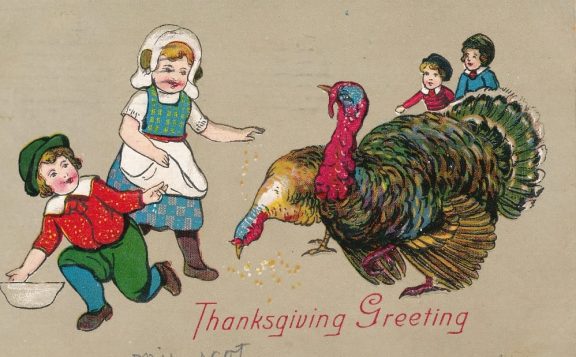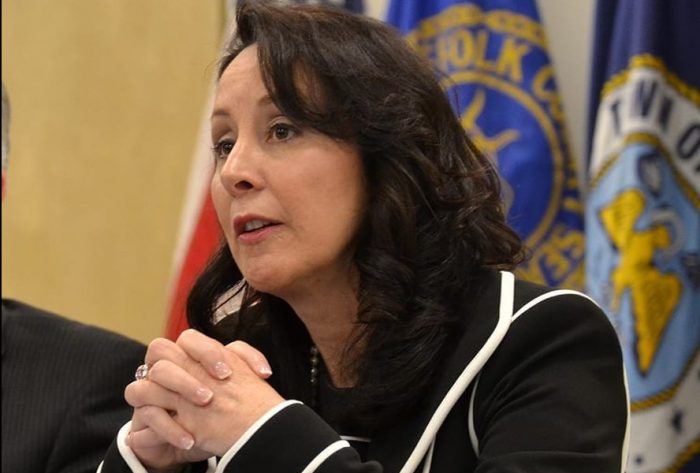The Gurwin Healthcare System has begun site clearing work for the construction of its new Independent Living Community, Fountaingate Gardens. Several key stakeholders were on hand recently to commemorate the first step toward groundbreaking for the 129-luxury apartment independent living complex, creating only the fourth Life Plan Community on Long Island.
“We are thrilled to be taking this milestone step, as we move closer to groundbreaking within the next couple of months,” said Stuart B. Almer, Gurwin Healthcare System President and CEO. Joined by members of the Gurwin board, Huntington Town Supervisor Chad Lupinacci, and Fountaingate Gardens Founders Club members, Almer spoke about the progress toward construction, and the community’s impact on Long Island seniors.
“Fountaingate Gardens will provide an amenity-rich, resort-fashioned lifestyle with a wide array of services on one campus, enabling seniors to remain on Long Island, close to the things and people they love,” he said. “Offering an active lifestyle and both financial and healthcare security for the future, the community will be the final piece to Gurwin’s full continuum of care. We are grateful for the support of Supervisor Lupinacci and the Town of Huntington for this project which is vital to enabling our area’s seniors age in place.”
“I’m so excited to see my future home coming to fruition!” said Bonnie Soman, a Founders Club member, who stopped by to see the progress. Accompanied by future neighbor Michelle Leone and wearing Fountaingate Gardens hardhats, the two Founders watched as heavy equipment moved dirt and trees to prepare for the community’s groundbreaking.
Located on Gurwin’s 34-acre Commack campus, Fountaingate Gardens will have a charming, village-like ambience offering a dynamic lifestyle for active adults. Dining venues, a fitness center, an indoor salt water pool, social gathering areas, and numerous other amenities will be conveniently located just a few steps from each residence.
Fountaingate Gardens will offer active adults the freedom and lifestyle of a Life Plan Community while ensuring access to the acclaimed Gurwin continuum of care should health needs change in the future. The project is already almost 65% sold, with some of the most popular floor plans nearly or completely unavailable.
For more information, call 631-715-2693.




















